The Kinsale area gas fields have been decommissioned after 43 years of service.
The fields were the cornerstone of Irish gas supply for decades and were the only indigenous natural gas source in Ireland until the development of Shell’s Corrib gas field in 2015.
The gas fields are located in the Celtic Sea, approximately 40km to 70km off the south coast of Cork.
The fields include Kinsale Head, Ballycotton, South-West Kinsale and Seven Heads gas fields, which were developed between 1978 and 2003.

The Kinsale area gas field.
The productive life of the gas wells was anticipated to end in June/July 2020 and last month saw the final gas extracted from the fields enter the gas network.
Commenting on its decommissioning, Gas Networks Ireland’s head of regulatory affairs Brian Mullins said: “These fields were the cornerstone of Irish gas supply for many decades and credit is due to all those who worked on the field for the last five decades.”
Carbon capture and storage
While the fields have been decommissioned for the purposes of extracting natural gas, this doesn’t mean they will lie idle.
Carbon capture and storage (CCS) is likely to become a key focus in the near future. CCS is a proven technology for capturing carbon dioxide (CO2).
The process captures up to 100% of the CO2 produced through industrial processes and electricity generation.
It's then conditioned, compressed and transported for permanent storage deep underground.
According to Ervia, there are 18 large-scale CCS facilities operating worldwide. Five more are under construction, along with a further 20 in development.
A 2008 study commissioned by SEAI and the EPA showed that the Kinsale Head gas field is well suited to storing CO2.
CO2 would be injected into the solid sandstone gas field, becoming trapped in its billions of tiny pores.
The CO2 in gas form can't migrate upwards because of the impermeable rock (caprock) above the reservoir.
Chemical reactions will then combine CO2 with rock. This process is known as geological sequestration and is expected to play a role in the Kinsale gas field’s future.
Gas demand
The move comes as gas demand in the first half of this year rose substantially across virtually all sectors of the Irish economy compared with the same period last year.
Gas demand from transport (+118%), construction (+25%), manufacturing (+19%), hospitals (+13%) and pharmaceutical and medical device manufacturing (+8%) were all up year on year, as was residential demand (+6%).
Gas also remained the main provider of Ireland’s electricity generation through the first six months of 2021, supplying 46% of the country’s total electricity demand and more than 71% at its peak.
Wind provided 32% and coal and peat collectively provided 10% of power generation.
The Kinsale area gas fields have been decommissioned after 43 years of service.
The fields were the cornerstone of Irish gas supply for decades and were the only indigenous natural gas source in Ireland until the development of Shell’s Corrib gas field in 2015.
The gas fields are located in the Celtic Sea, approximately 40km to 70km off the south coast of Cork.
The fields include Kinsale Head, Ballycotton, South-West Kinsale and Seven Heads gas fields, which were developed between 1978 and 2003.

The Kinsale area gas field.
The productive life of the gas wells was anticipated to end in June/July 2020 and last month saw the final gas extracted from the fields enter the gas network.
Commenting on its decommissioning, Gas Networks Ireland’s head of regulatory affairs Brian Mullins said: “These fields were the cornerstone of Irish gas supply for many decades and credit is due to all those who worked on the field for the last five decades.”
Carbon capture and storage
While the fields have been decommissioned for the purposes of extracting natural gas, this doesn’t mean they will lie idle.
Carbon capture and storage (CCS) is likely to become a key focus in the near future. CCS is a proven technology for capturing carbon dioxide (CO2).
The process captures up to 100% of the CO2 produced through industrial processes and electricity generation.
It's then conditioned, compressed and transported for permanent storage deep underground.
According to Ervia, there are 18 large-scale CCS facilities operating worldwide. Five more are under construction, along with a further 20 in development.
A 2008 study commissioned by SEAI and the EPA showed that the Kinsale Head gas field is well suited to storing CO2.
CO2 would be injected into the solid sandstone gas field, becoming trapped in its billions of tiny pores.
The CO2 in gas form can't migrate upwards because of the impermeable rock (caprock) above the reservoir.
Chemical reactions will then combine CO2 with rock. This process is known as geological sequestration and is expected to play a role in the Kinsale gas field’s future.
Gas demand
The move comes as gas demand in the first half of this year rose substantially across virtually all sectors of the Irish economy compared with the same period last year.
Gas demand from transport (+118%), construction (+25%), manufacturing (+19%), hospitals (+13%) and pharmaceutical and medical device manufacturing (+8%) were all up year on year, as was residential demand (+6%).
Gas also remained the main provider of Ireland’s electricity generation through the first six months of 2021, supplying 46% of the country’s total electricity demand and more than 71% at its peak.
Wind provided 32% and coal and peat collectively provided 10% of power generation.





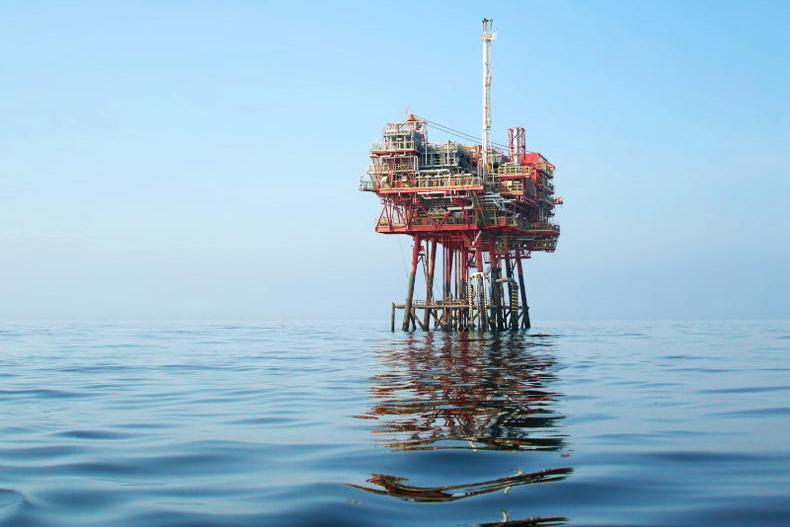
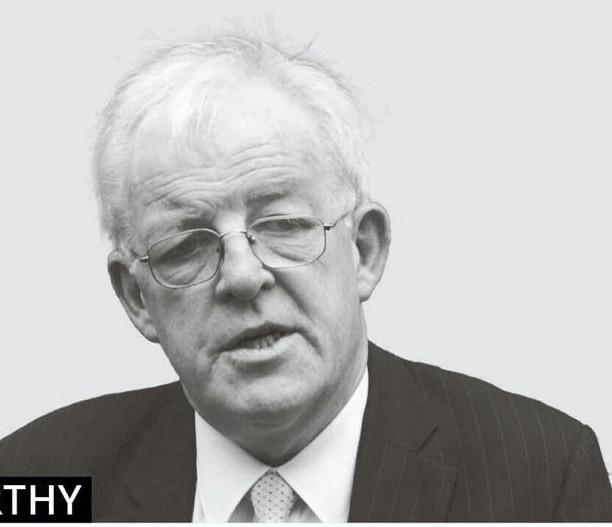

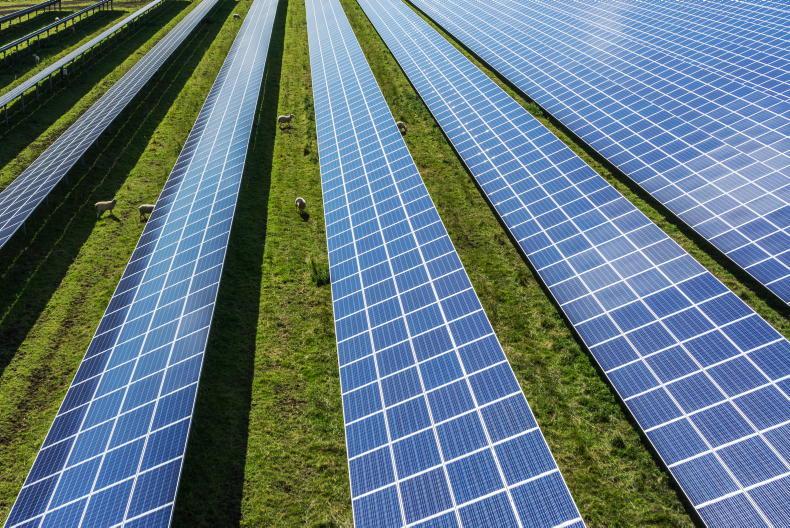
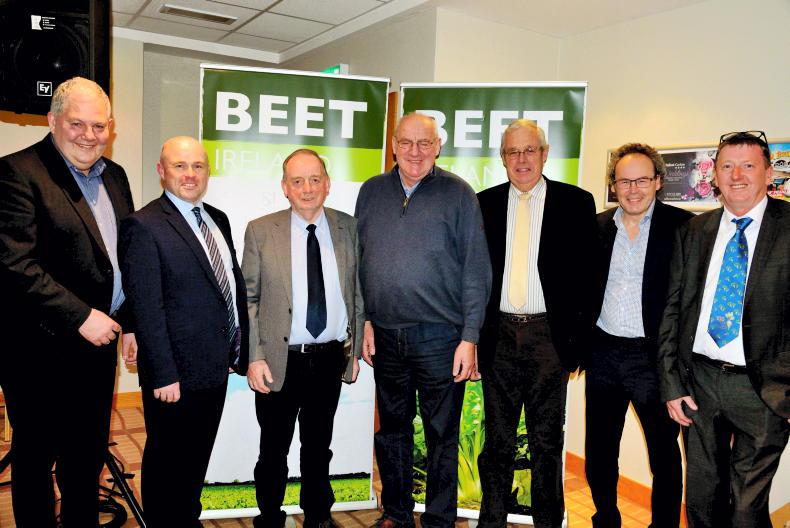
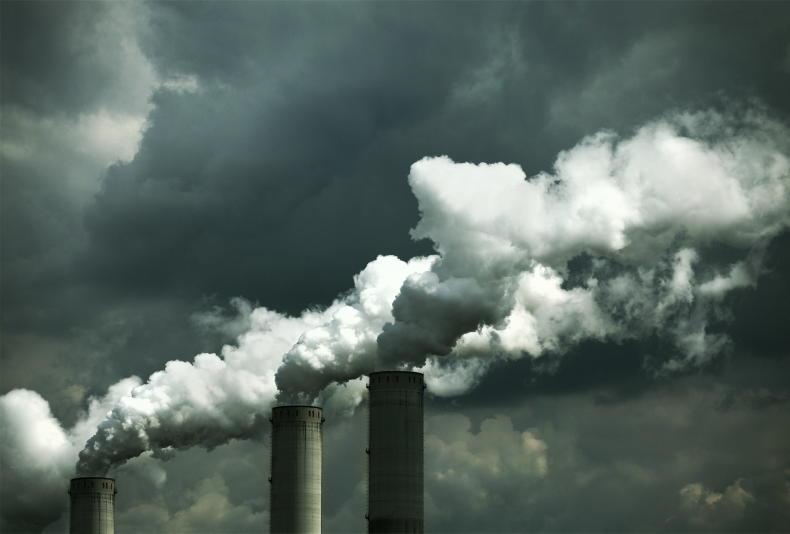
SHARING OPTIONS